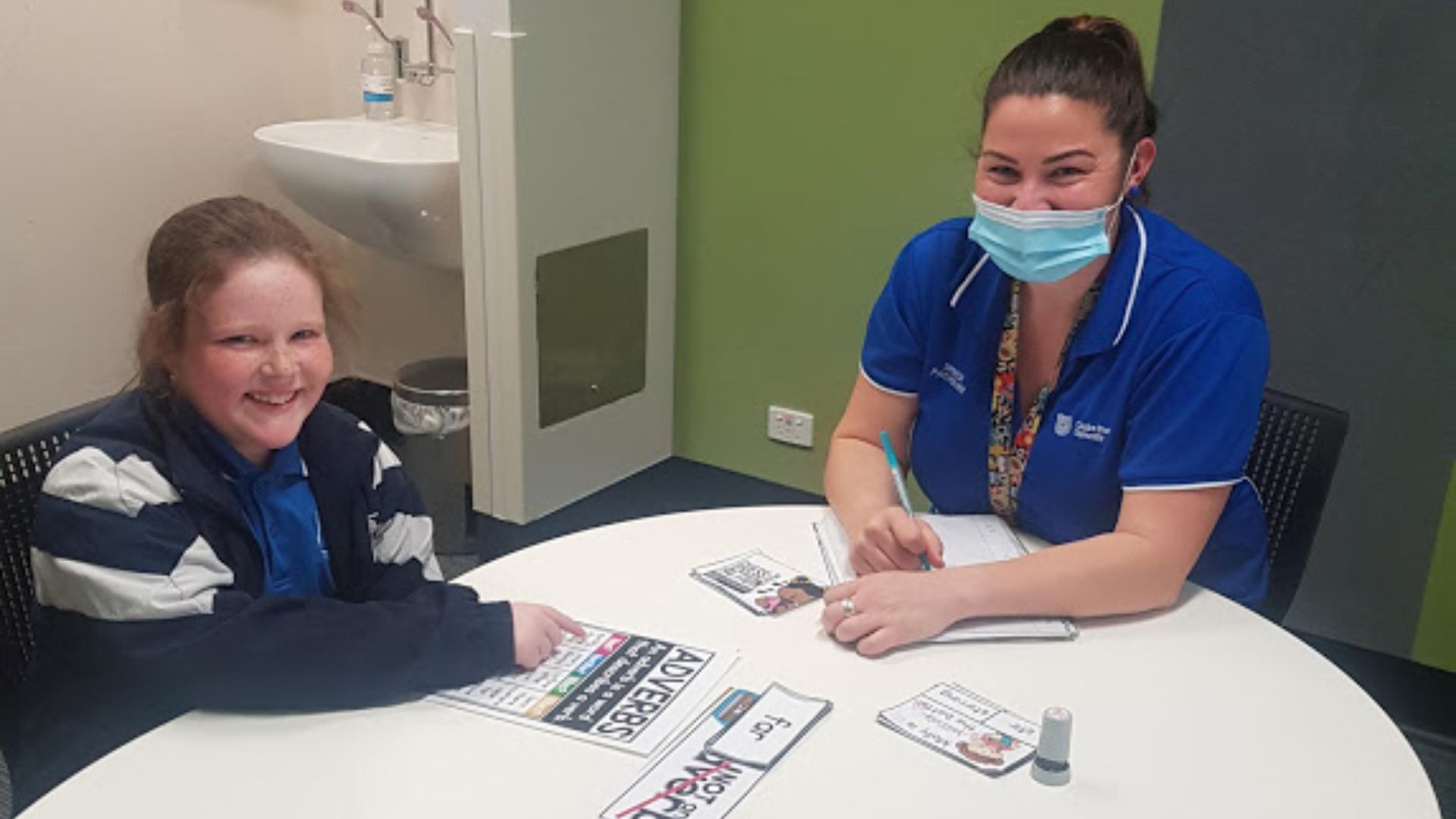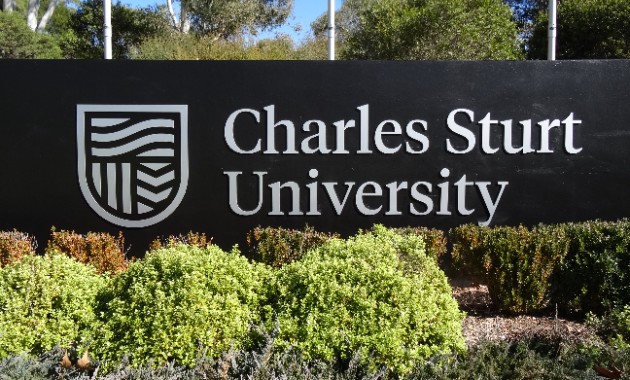- In Speech Pathology Week 2020 (Sunday 23 to Saturday 29 August), all Charles Sturt speech pathologists and students are highlighting the week’s theme, Communicating with Confidence
- Communicating with confidence is vital to participate fully in the social, educational, economic and sporting life of the community
- Only 38 per cent of Australians with communication disability participate in the workforce compared with 80 per cent of people without communication disability
In Australia today, communication disability remains largely invisible, unseen and out of sight, according to Ms
Lara Trevethan, Coordinator of the Speech and Language Pathology Clinic located in the Community
Engagement and Wellness Centre in the Charles Sturt School
of Community Health in Albury-Wodonga.
“The COVID-19 pandemic has highlighted the challenges faced by Australians with communication disability,” Ms Trevethan said.
“That’s why during Speech Pathology Week 2020 all speech pathologists and students at Charles Sturt University are highlighting the week’s theme: Communicating with Confidence.
“Communicating with confidence is vital to enable everyone to participate fully in the social, educational, economic and sporting aspects of community life.
“Australians with communication disability cannot maximise future educational, health and social outcomes without the intervention of a speech pathologist.”
Ms Trevethan highlighted several statistics, including that only 38 per cent of Australians with communication disability are participating in the workforce compared with 80 per cent of people without communication disability.
Furthermore, people with communication disability are also less likely to have a non-school qualification (42 per cent) than those without communication disability (61 per cent).
“Communication, by definition, involves at least two people, and it is important that everyone understands that communication is more than the way we sound,” Ms Trevethan said.
“Australians with communication difficulties communicate with others using a variety of means, including word-based or picture-based communication boards or books, sign and gesture, and spelling.
“Technology is playing a growing and vital role in keeping Australians with communication difficulties engaged with their communities.
“At Charles Sturt University the speech pathology team is using video teleconferencing to ensure that clients still have access to speech pathology services, despite COVID-19 social distancing and travel restrictions.”
Speech pathologists also use assistive technology, such as electronic communication and speech generating devices, voice amplification and computer access aids (including eye-gaze mouse control and head tracking devices), to allow people with communication difficulties to communicate with those around them.
The Australian Bureau of Statistics has established that 1.2 million Australians have communication disability that affects a person’s ability to understand and be understood by others, which includes:
- Levels of limitation range from mild to profound and can be temporary or last a lifetime.
- Children and older people make up the majority of people with communication disability.
- Children are more likely to have profound/severe communication disability than older people.
- People with communication disability were less likely to have a non-school qualification (42 per cent) than people without communication disability (61 per cent).
- Thirty-eight per cent of people with communication disability are participating in the labour force compared with 80 per cent of people without communication disability.
- One in seven people with communication disability need formal assistance with communication.
- Half of all people who need formal assistance with communication have an unmet need for this assistance.
- Three in five people who have an unmet need for formal assistance with communication were children.
Learn more about the Charles Sturt Master of Speech Pathology.
For information about this year’s Speech Pathology Week, visit the Speech Pathology Australia website.





Social
Explore the world of social